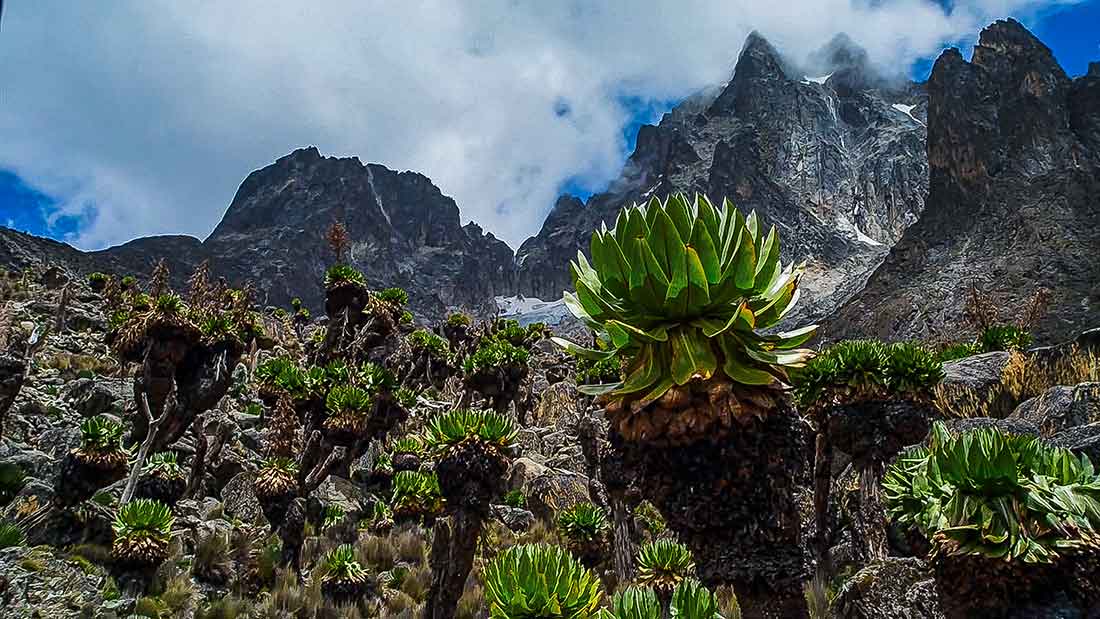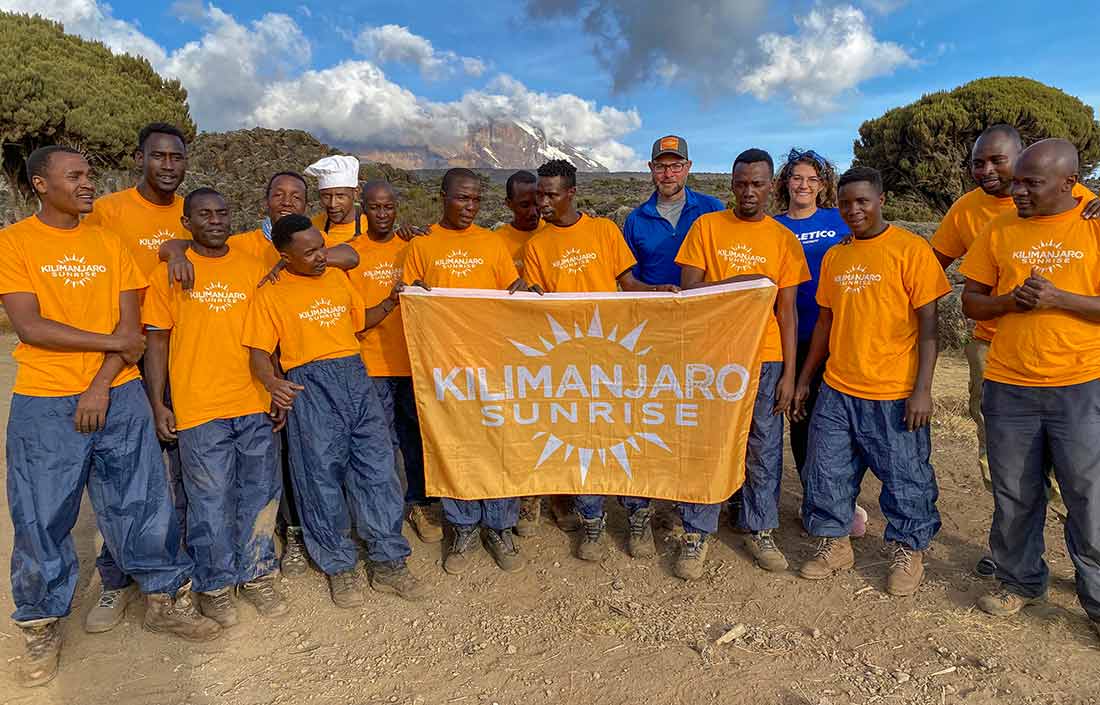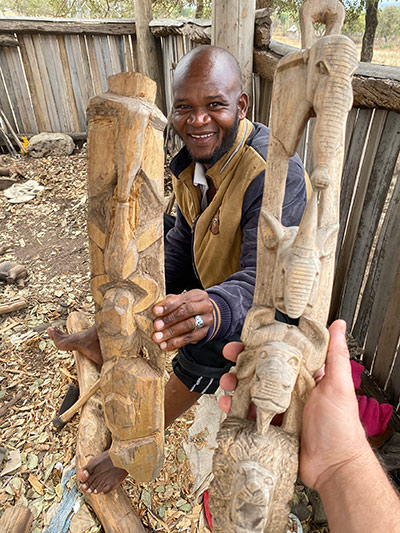Mount Kilimanjaro, Africa’s tallest mountain, stands as a majestic icon of the continent. Its snow-capped summit beckons adventurers from around the globe, eager to experience the thrill of reaching its lofty peak. While the allure of Kilimanjaro is undeniable, it’s crucial to recognize the delicate balance between human exploration and environmental preservation. As trekkers, we have a responsibility to minimize impact on this fragile ecosystem and ensure that future generations can continue to experience its wonders.
Choose a Reputable Tour Operator
The first step towards minimizing your impact on Kilimanjaro is to select a reputable tour operator that adheres to sustainable practices. Look for companies that are certified by organizations like the Kilimanjaro Porters Assistance Project (KPAP) or the Leave No Trace. KPAP indicates a commitment to fair labor practices, environmental protection, and local community engagement.
Pack Light and Leave What You Don’t Need
Excess baggage not only burdens porters but also contributes to waste generation on the mountain. Pack light and bring only essential gear. Consider renting equipment instead of purchasing it, especially if you’re an infrequent trekker. Avoid single-use items like plastic bags, which are illegal in Tanzania. Instead, opt for reusable containers.
Respect Local Flora and Fauna

Kilimanjaro is home to a diverse array of plant and animal life. Avoid disturbing vegetation by staying on designated trails and campsites. Do not collect souvenirs like wildflowers or rocks, as this disrupts the natural environment. Observe wildlife from a distance and avoid feeding or approaching animals.
 Support Local Communities
Support Local Communities
Engage with local communities and support their livelihoods. Purchase souvenirs from local artisans, eat at locally owned restaurants, and tip your guides and porters generously. Your support contributes to sustainable tourism practices and strengthens the local economy.
Be Mindful of Trail Etiquette
Respect fellow trekkers and the tranquility of the mountain environment. Avoid making excessive noise, especially at night. Keep your voice down and use headlamps instead of flashlights to minimize disturbance.
Educate Yourself and Others
Learn about the unique ecosystems and challenges of Kilimanjaro. Share your knowledge and experiences with others to promote responsible trekking practices. Encourage your friends and family to follow sustainable guidelines when visiting Mount Kilimanjaro.
Choose a Sustainable Trek Route
Some routes on Kilimanjaro, particularly the Machame Route, experience heavier traffic and have a greater impact on the environment. Consider alternative routes like the Lemosho or Rongai Route, which are less congested and offer a more pristine experience.
Final Thoughts
Trekking Kilimanjaro is an unforgettable experience, but it comes with the responsibility. We need to be diligent to minimize impact on this fragile ecosystem. By adopting sustainable practices, we can ensure that Kilimanjaro’s beauty and biodiversity are preserved for future generations of adventurers to enjoy. Let’s tread lightly, leave no trace, and respect the natural wonders of Mount Kilimanjaro.


 Support Local Communities
Support Local Communities

